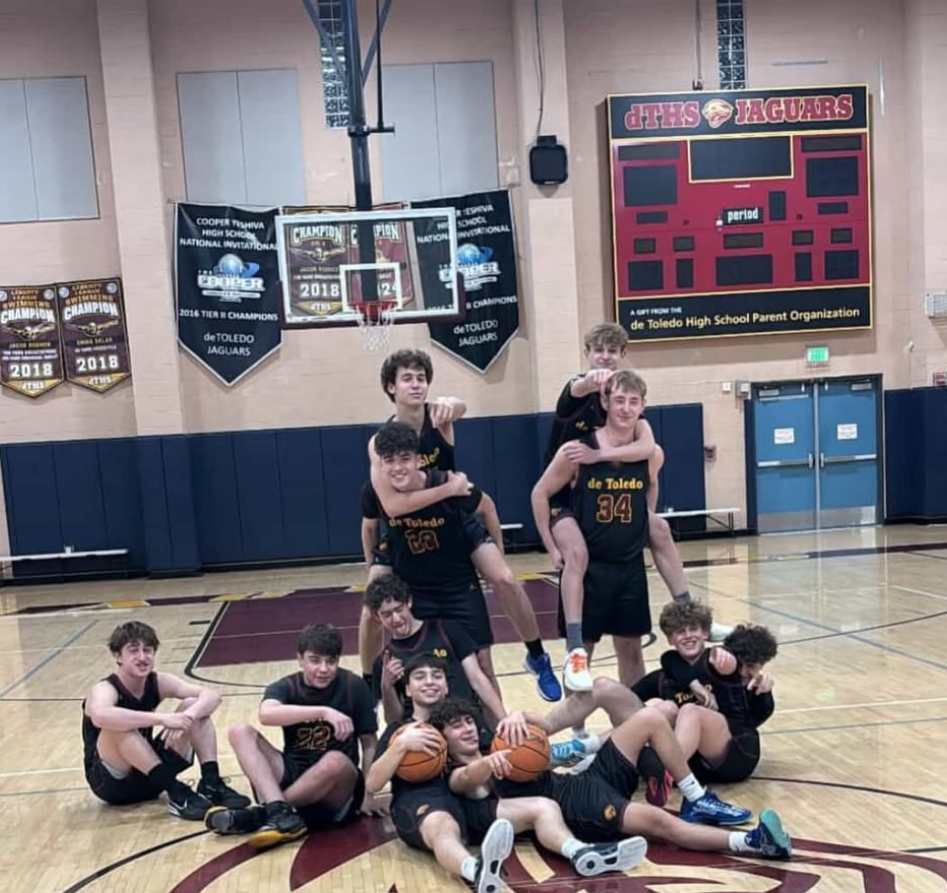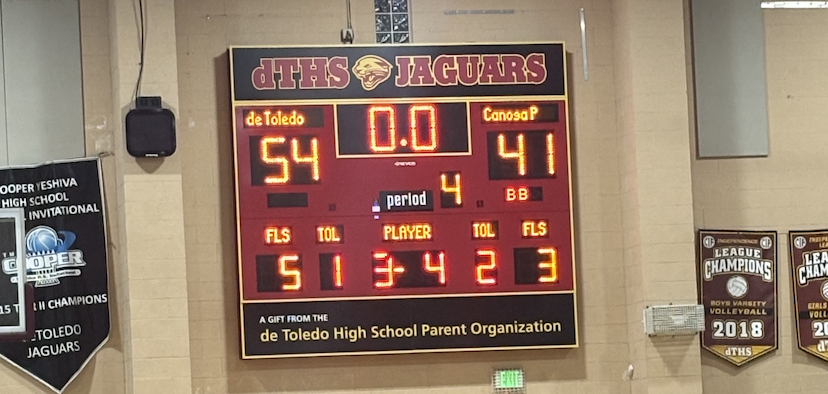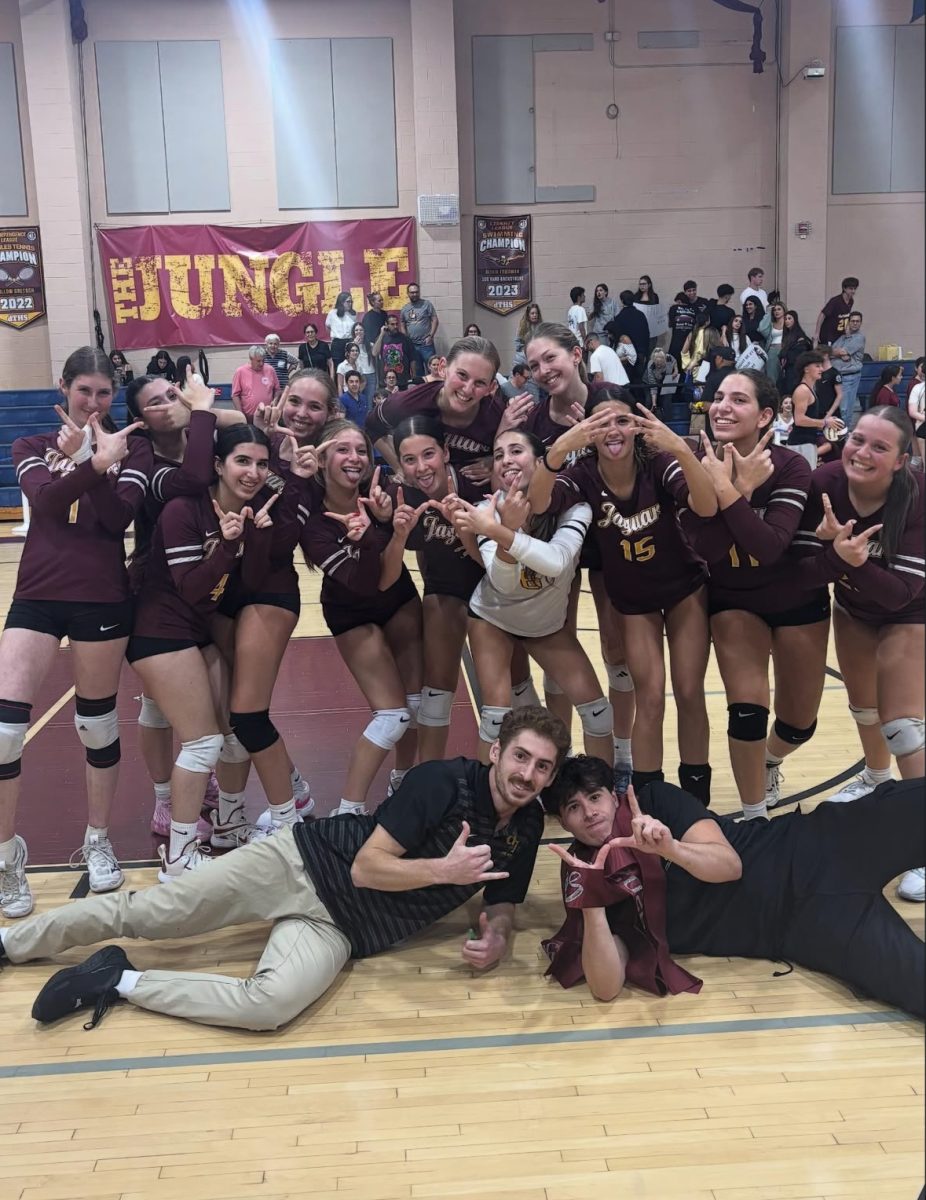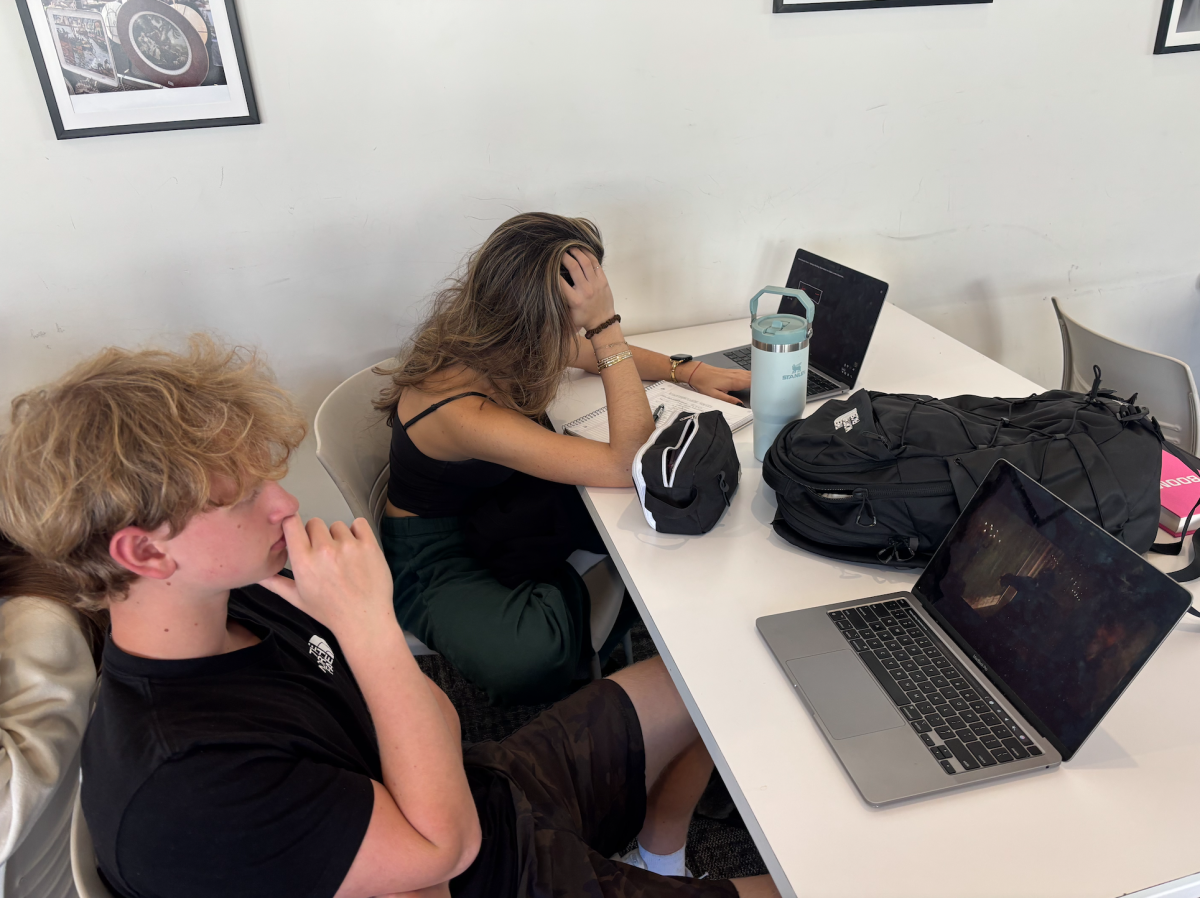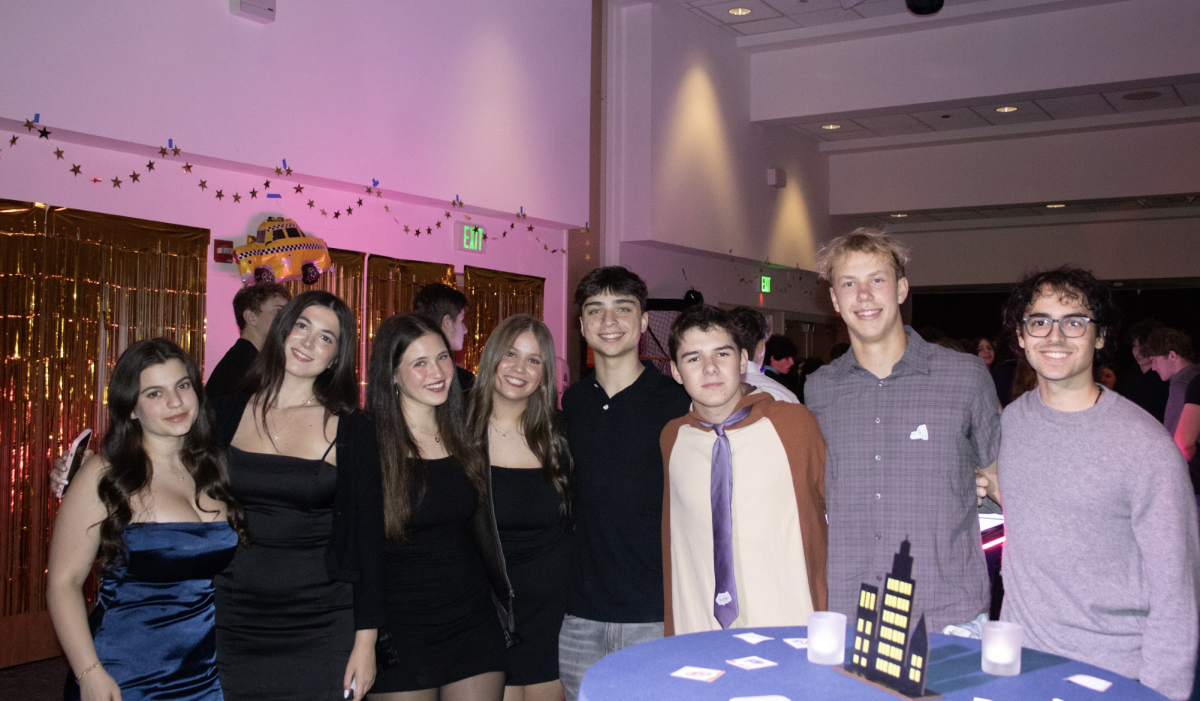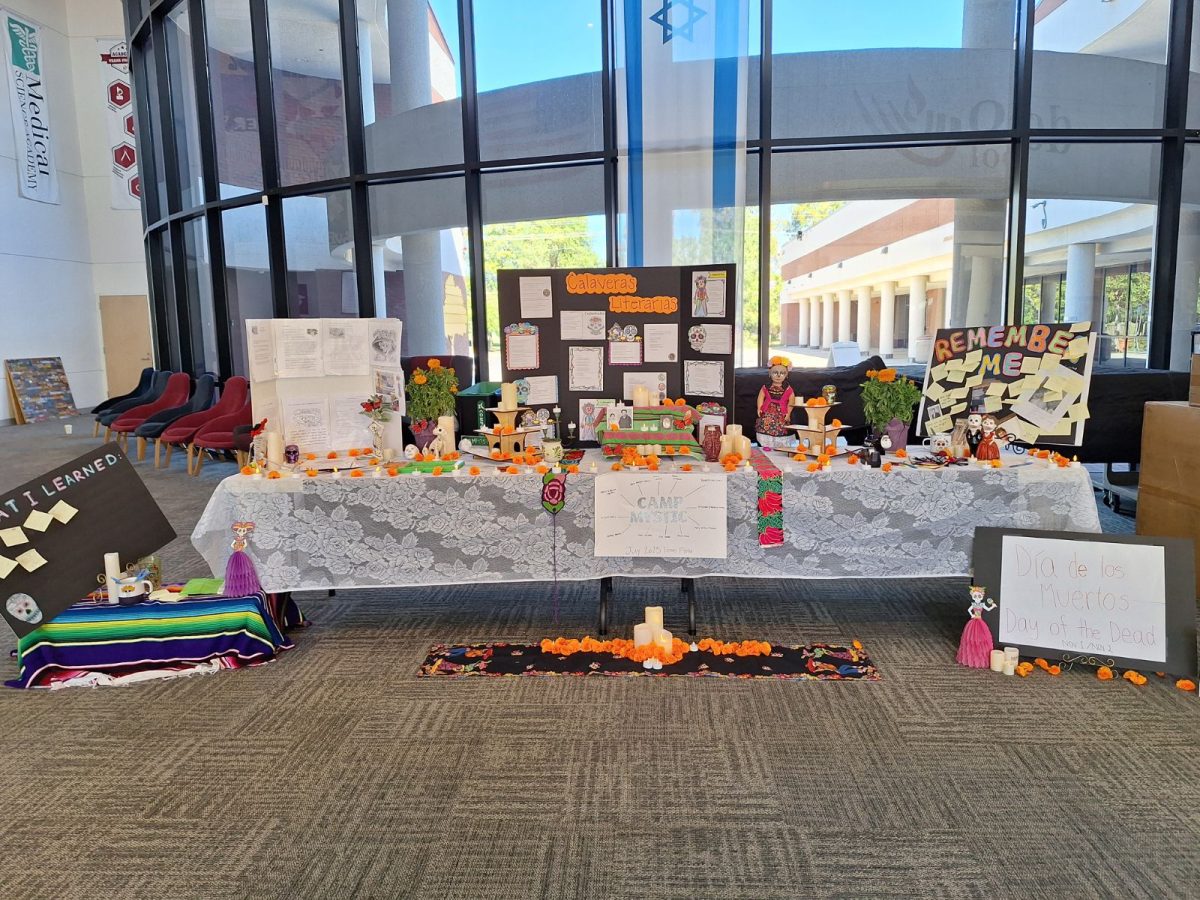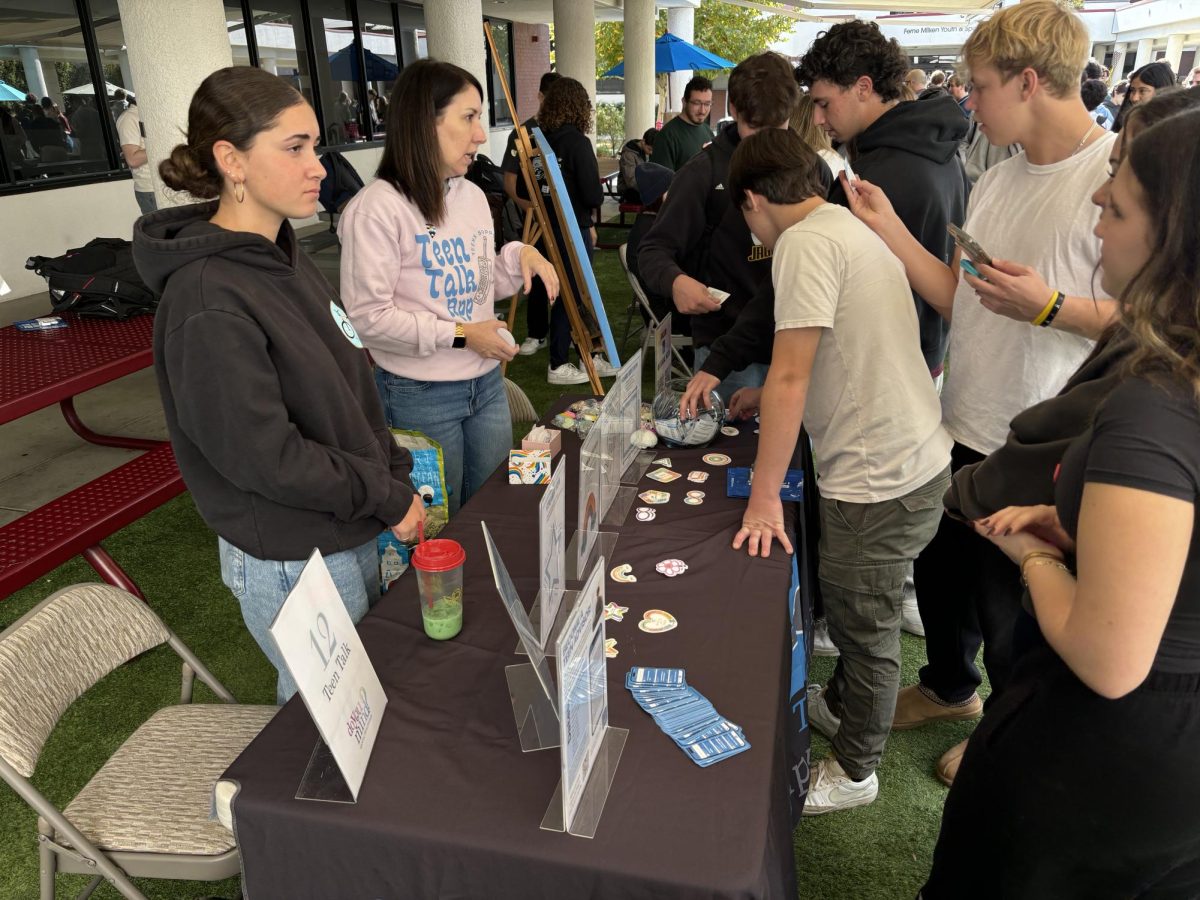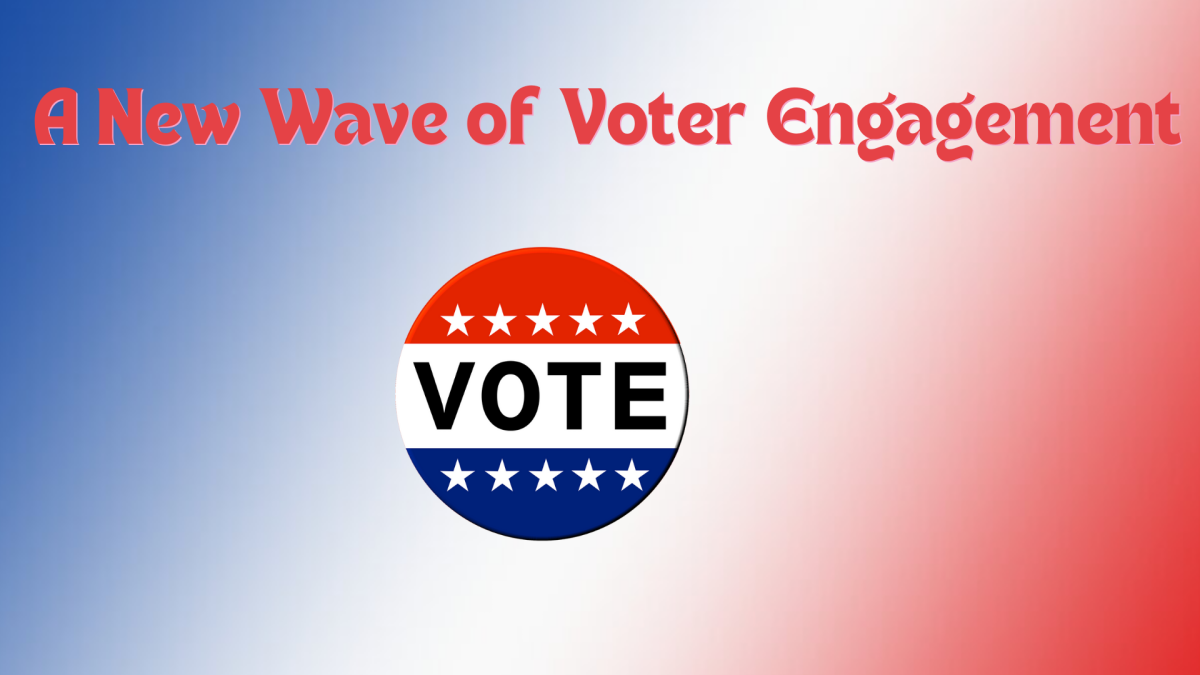Teens and young adults who grew up in the pre-social media era had to go out in the physical world to learn and discover new things.
They formed their political opinions from hearing the candidates speak about their campaign and values, reading the newspaper, or watching one of the few tv stations.
Conversely, the younger generation of voters mainly forms their political opinions on social media, and this could be a major problem for the future.
Social media was created to be a place where people could become closer with each other, and understand one another’s ideas and beliefs. But when it comes to politics, the opposite has happened. Social media is dividing the two main political parties with all of the big and small lies being spread about one another.
Social media has become routine in many people’s daily lives. Consequently, businesses and companies have already taken advantage of social media for their corporate-consumer relations. Just imagine how free ads that can reach millions of people daily sound to any business.
Unlike official news websites where information may sometimes be written in a biased manner but is generally true, news on social media is unfiltered, inaccurate, and is heavily biased in both directions. Not only that, but the information presented is often disrespectful to each party, creating heated arguments in the comment sections.
Due to the upcoming 2024 election, both far right and left social media accounts have garnered millions of views for their biased information that’s spread in a convincing manner to their followers and other users. But it’s important that you aren’t falling for their traps like many are.
A study conducted by CNN concludes: on average 20 percent of the videos presented after searching up a headline contain misinformation, and 30 percent of the information presented after searching up Jan. 6 will contain misinformation.
Keep in mind, this is only the top videos that come up after searching a headline, which are far more likely to be more accurate than videos that show up lower down or while scrolling.
A different study from 2023 by Statista surveyed over 1500 American adults about trusting news they see on social media.
To summarize their findings, 20 percent of American adults trust the news they see on social media, 47 percent believe some of or are unsure of what they see on social media, while 33 percent feel news on social media is not trustworthy.
This does not even take into account teenagers who aren’t as intellectually mature as adults, and who would definitely trust news they see on social media at an exponentially higher rate.
Many political creators’ videos are extremely engaging. They make you want to look in the comments, which only increases the amount of political videos in your feed.
A common theme amongst these videos is that they want you to be a supporter of one candidate only, they don’t want to realize their party’s own flaws. They just want your current or future vote.
Presidential candidates Donald Trump and Kamala Harris both have accounts on all social media platforms. They use them to talk about their campaign, current events in their life, or how the other would be the worst president in history.
They are also connected to an official campaign social media account: @TeamTrump for Trump, and @KamalaHQ for Harris.
Both sides will jump on anything that’s said by either candidate in or out of context and will spread it like a wildfire. This effect can also apply to small lies that are circulated through each party on social media.
Unofficial accounts often take shots at the other candidate and usually convey information in the most biased way possible. They sometimes post videos that are more to make fun of or criticize the other side than videos that act as legitimate news sources.
This is why political news on social media has become a lying contest. Who can bend the truth in the most convincing way? Comment sections on political videos can be worse, with many users attacking opposing opinions, creating a hostile environment.
While not all political information on social media is bad, there is really no way of knowing if the information is true unless you fact check yourself, or the information is being presented from a reliable person with reliable sources.
Before you go scrolling on social media, make sure you know of the ways political accounts want to steal your vote. And most importantly, don’t take any political news on social media as true unless you have it fact checked from a reliable source.
Do you think you’re good at spotting misinformation on social media? Take this misinformation/AI quiz to test your spy skills.
If you want to learn more in depth about how social media has divided both political parties, this video explains how large non-political influencers may be swaying males and females in opposite directions at a substantial rate.






